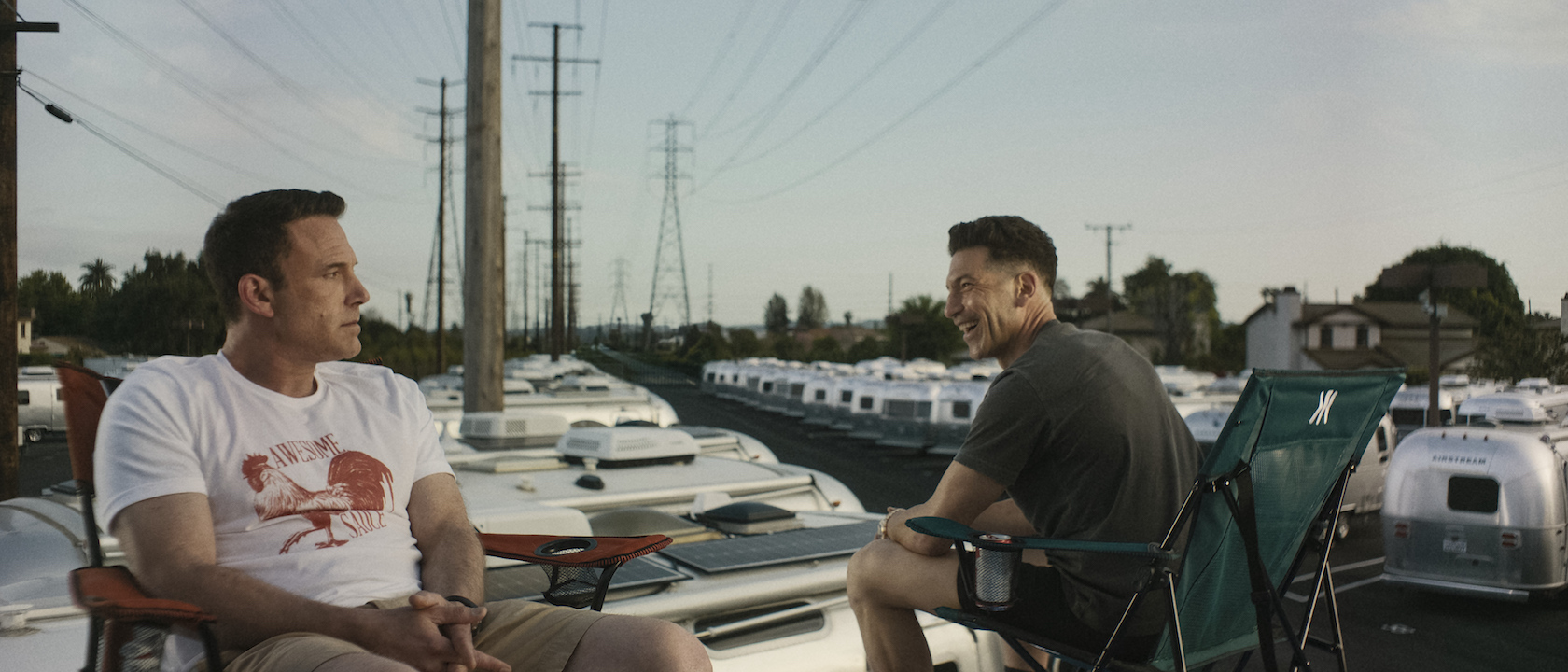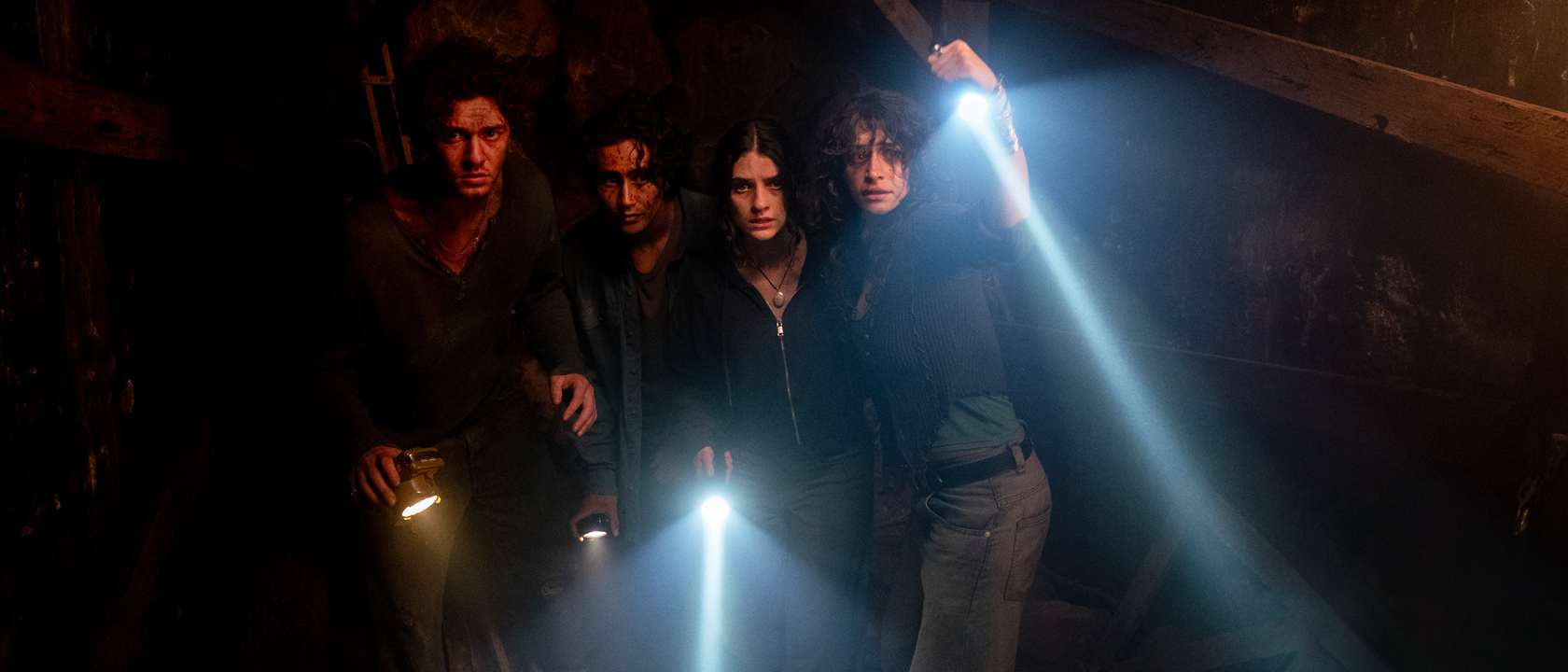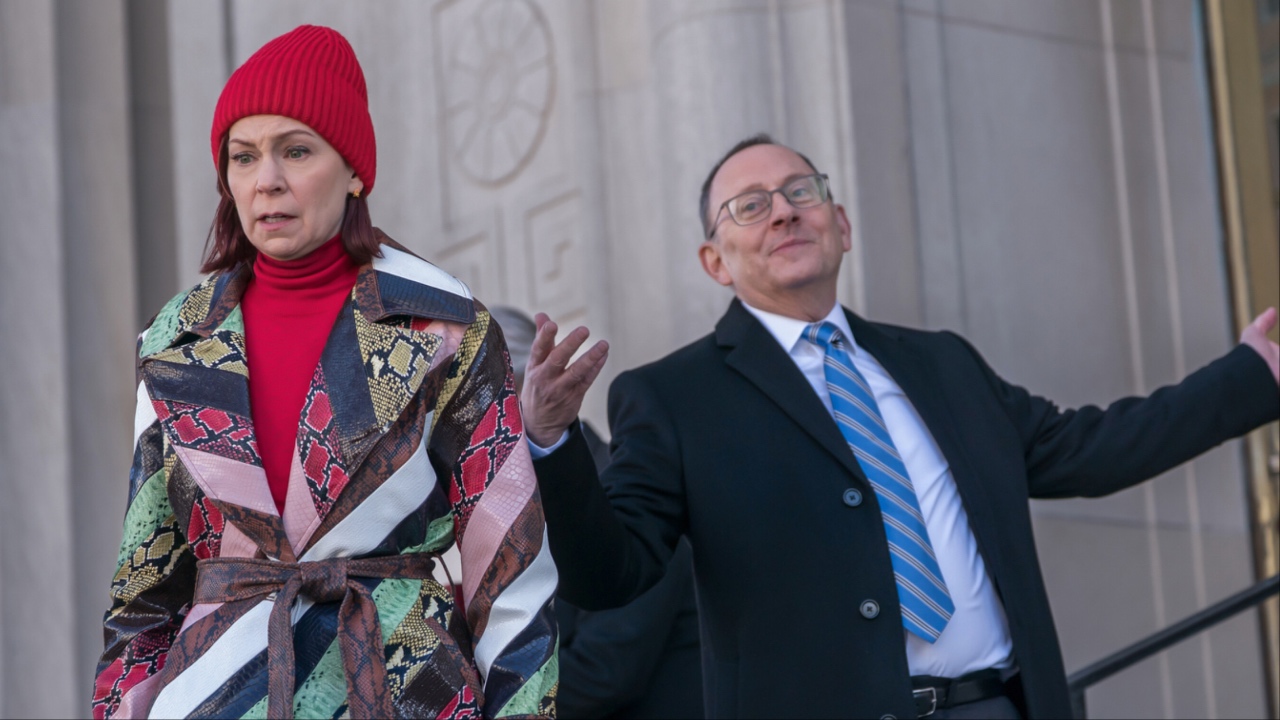The freshman effort of a television program, especially one involving a contest, will always require working out a few blatant tweaks before the new season can air. The second season will define whether or not a show’s creators have the resolve to work out the bugs and put out a really exciting project. That staying power is what separates the Top Chefs from the Top Designs, or the Survivors from the I’m a Celebrity, Get Me out of Heres. The first-go effort of History Channel’s Top Shot is no exception, but unlike some of its tweak-filled competitors, Top Shot has enough must-watch appeal to go far. Right now it’s a good program, but it could be great. It just needs a few more viewers and a bigger budget. Top Shot should technically be called Top Marksmen, but what isn’t catchy isn’t created, so audiences and contestants alike must prepare for knives, archery, and even slingshots along with good old-fashioned shootin’. With 16 competitors and only 12 episodes, Top Shot is a quick competition that sometimes includes multiple elimination rounds. Top Shot is set up so there are initially two teams of eight competing against each other in challenges with different weapons. Because not everyone is an expert with every weapon, the entire challenge is a learning experience replete with practice time and a lesson in the history of each weapon. The team that loses the challenge must compete in an elimination competition the next day which determines who goes home that week. Team challenges are set up until the competition dwindles, and then each man is responsible for himself. The winner gets a $100,000 and the title of Top Shot. The challenges are very precise, often including multiple steps and directions, and while this could be confusing, it’s easy to follow after the first episode.
Top Shot hits home because the players are competitive, but also generally willing to work together, as well as to give recognition for a job well done. The competitors are living the high life -- they get to play with guns, they get to play with knives, and they get to eat and sleep in a big house with a view of the mountains. There’s time to practice and hone new skills sets. Yet everyone puts down their head and works hard when it's time to; whining is generally not tolerated, and this is much more enjoyable than the cattier programming that reality television often has to offer. It is also more fun than watching people lose money in cases or to the mob. Audiences get to learn more about guns, shot tactics, different holds, and different approaches to hitting targets. We get some history of the weaponry used (although a little more would be nice; this is the History Channel, after all). Unlike in other reality programs, many of these guys haven’t made a full career out of shooting. They just love to shoot and are proud to perform, and this translates well to cable.
While vastly interesting, Top Shot is not without its weaknesses. The initial team aspect of the show is one of the reasons it is unique, but because team members choose who goes to the elimination round, the game is imperfect. One competitor, Kelly, has to prove himself in the elimination challenge several times over -- somewhat because he is the youngest -- even though he performs well. Because the elimination challenge is the most exciting point in any episode, if one team is faring better than the other, they get far less screen time. The change from teams to individual competition is abrupt, and the amount of time it takes for the last seven challengers to compete passes quickly. This is likely because the History Channel didn’t know how successful Top Shot would be and only opted for a short season with a limited budget. Just like the challenge set-ups, these problems have easy fixes, if the creators choose to implement them in Season 2.
If there is any action in practice or challenges, carefully worked, close-up, slow-motion shots are often used to give audiences a better view. These shots are important, because otherwise the entire show would be contestants shooting at distant targets, and it would be difficult to discern who was ahead in face-to-face team challenges. This tactic of using slow motion is especially important when host Colby Donaldson is explaining a challenge, because the shots help to clarify otherwise long-winded directions. Unfortunately, a tweak does need to be made, because often the slow shots are used in unneeded moments, sometimes creators use them too excessively, and sometimes they are missing when they would be beneficial. This inconsistency is a common thread throughout the first season, but it could be easily adjusted in future episodes.
When Top Shot is at its most sincere, it doesn’t need to be fixed. In one interview, a contestant talks about why he loves to shoot. He’s says he likes the adrenaline and loves the satisfaction he gets when a bullet pierces the target. It’s easy to see why. During the season, we see bullets hitting solid wood, ripping paper targets, breaking bottles, exploding shot glasses, causing fires, and mechanizing guillotines, and that’s only a fraction of the competition. I wouldn’t say the audience experiences exactly the same satisfaction while watching, but it’s close. When a contestant hangs up his shirt and heads home, the audience can feel every bittersweet second. When the winner is ultimately announced, it’s easy to feel glad about someone else’s fortune. Top Shot is good. It’s not great, but because it’s so good, it’s also believable and heartwarming, and truly a joy to watch. The extras disc begins with a biography section on each of the contestants. These bios provide glimpses into the lives of everyone prior to the shooting of the show. It also explains what strategies and strengths each person wanted to employ before the show began. Some of the biographies even include segments from the competitor's audition tapes.
If you are watching the special features in order, the second section is based on elimination rounds. These segments show some of the highlights and low points of each person’s final time at bat, and they are a good way to review who went out, when, and why. Unfortunately, these segments, like the biography section, are in order by first name, rather than weeks spent in the challenge. This makes it hard to remember the timeline of events, but it’s still worth a watch.
Because Top Shot was such a short season, there is plenty of extra footage, and the bonus disc is happy to exploit these shots. Extra interviews, practice, all the extra shots explaining the history of the weaponry, and even some time spent in the house are all shown in this final segment. While the cut-to shots are choppy, they still appear in a discernible and concise order, and they are a good way to understand a little more of the strategy and feelings running through the competitors' heads. Each of the extras are an alright watch, but nothing fancy.
I Thought Elsbeth's Bloody Judge Crawford Twist Had To Be A Fake Out, But Now I Have Questions For The Season 2 Finale
A24’s The Legend Of Ochi Hired A YouTuber Making Bird Sounds In His Basement To Work On The Movie, And I'm Wowed By The Whole Process
Charli XCX Is Not Going To Be In Greta Gerwig's Narnia Movie After All, But I'm Psyched That We're Still Getting A Barbie Reunion Thanks To New Casting











